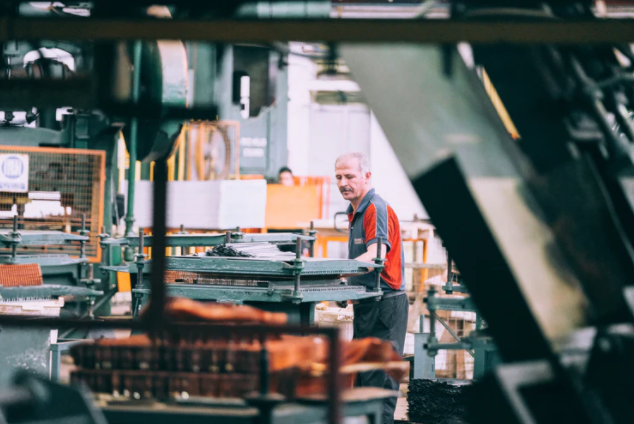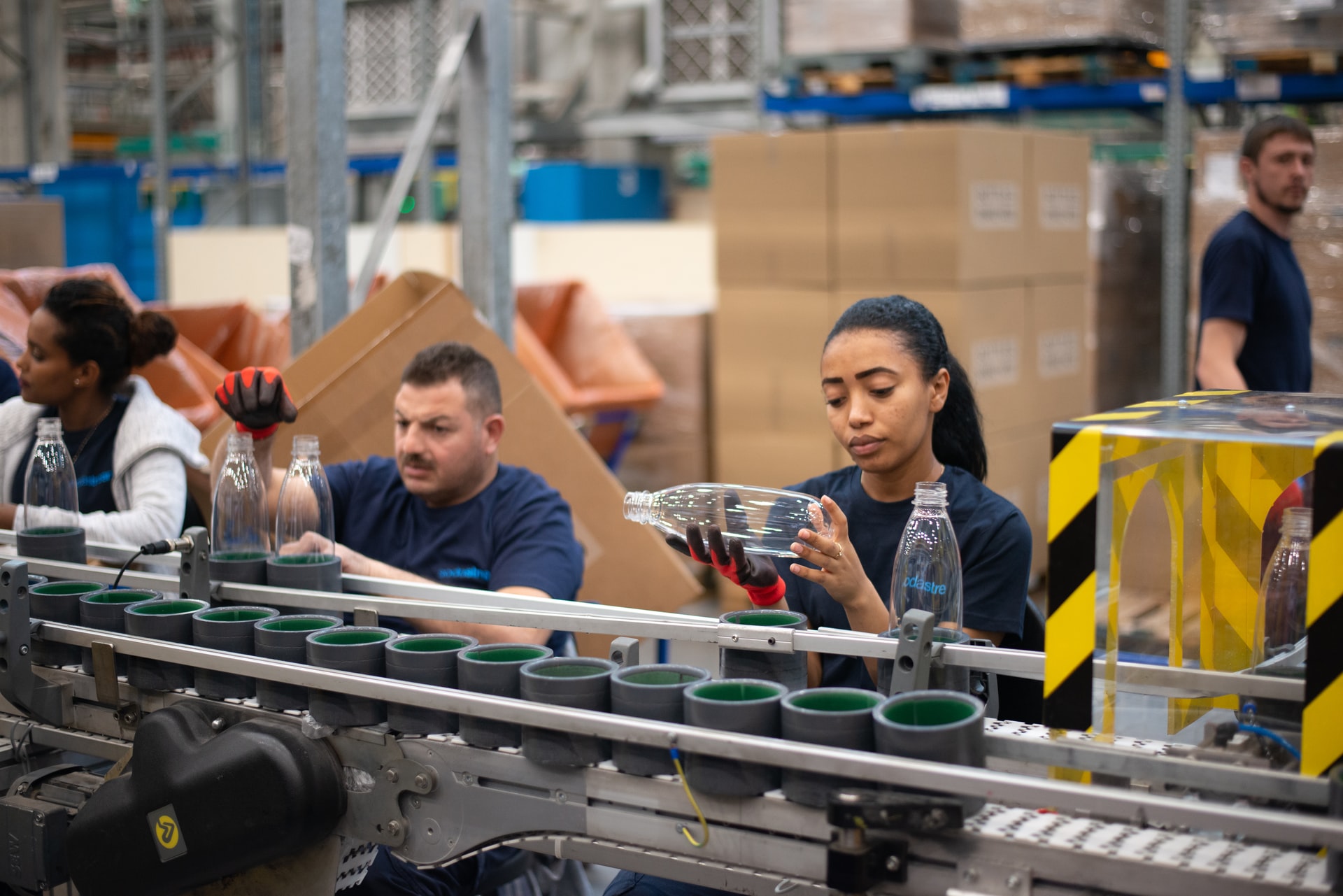A Brief Overview About Conveyor Systems
Transport Systems are mechanical gadgets or gatherings that move material with little work. When there are bunches of unmistakable sorts of transport frameworks, they, by and large, incorporate a system that underpins the two wheels, wheels, or even a belt. After that, substances move from one spot to another. They could be fueled by an engine, either by gravity or even physically. These material administration frameworks are accessible in numerous unmistakable assortments to coordinate various items or substances which should be moved.
Belt transports are commonly appraised concerning belt rate in ft/min. While controlled roller transports clarified the direct speed unique segments into a bundle, container, and so forth, they moved over the fueled rollers. The positioned rate applies to cover/support transports and drag/chain/tow transports moreover. To give you more idea on this, here is the fluentconveyors.com contact site so you keep the conveyor system running.

Belt
Belt Conveyors are material handling systems which use constant straps to communicate products or substance. The belt is prolonged in an infinite loop involving two end-pulleys. Usually, both ends have a roster beneath. A metal slider supports the conveyor for light loads where no friction could be put on the belt to induce haul or on rollers. Electricity is supplied by motors which utilize either constant or variable speed reduction gears.
The straps themselves may be reached from numerous substances, which should correspond to the requirements where the belt will be functioning. Common conveyor belting materials include plastic, rubber, leather, cloth, and metal. Adding a heftier load means that a thicker and more robust structure of conveyor belting material is necessary. Belt conveyors are generally powered and may be operated at different rates based on the throughput needed. The conveyors may be worked horizontally or may also be inclined.
Roller Conveyor Systems
Roller Conveyors utilize parallel pliers mounted in frames to communicate product either manually or with gravity. Roller conveyors are used chiefly in material handling applications like loading docks, luggage handling, or gathering lines. The rollers aren’t powered and utilize gravity, if likely, to maneuver the item or if mounted horizontally. The conveyors may be curved or straight based on the program and open floor area.
Ball Transfer Conveyor
Ball Transfer tables or conveyors utilize a string of mounted ball casters to permit the item’s unpowered, multi-directional conveyance. Key specifications include the chunk substance and dimensions. Ball transport conveyors are used in material handling applications like assembly lines and packing lines, amongst others. Once placed where multiple conveyor systems meet, they’re utilized to transport goods from 1 point to another and are frequently used in sorting systems. Many dimensions and load-carrying abilities can be found. Ball transfer conveyors aren’t powered and rely on outside forces to move the item across the conveyor.…

